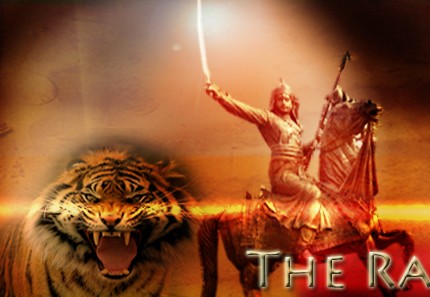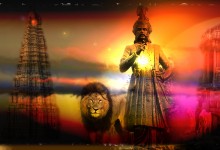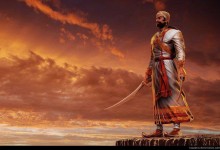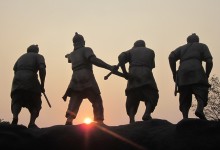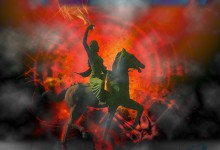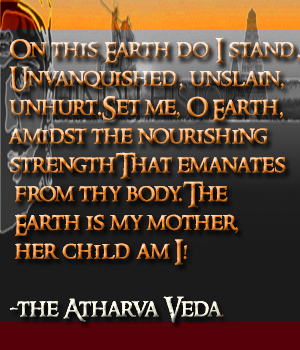Posts Tagged ‘gurkhas’
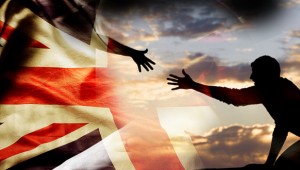
Did the British save Hindus ?
The idea, however, that the British have wrested the Empire from the Mohamadans is a mistake. The Mohamadans were beaten down — almost everywhere except in Bengal — before the British appeared upon the scene; Bengal they ...
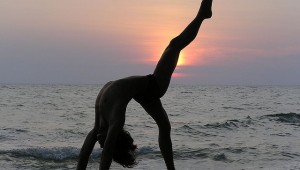
History of Asana and Exercise in India
This has led some people to think that the active asana approaches and movements, such as practiced by many modern Yoga groups, were not part of the older Yoga traditions or were not known in India. It has also gotten some to h...

